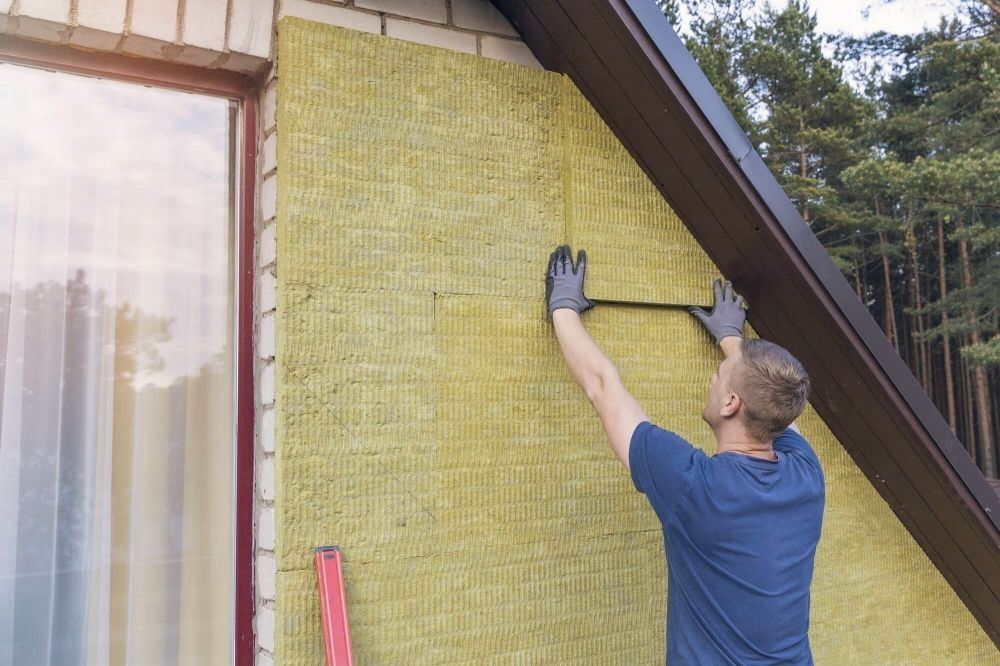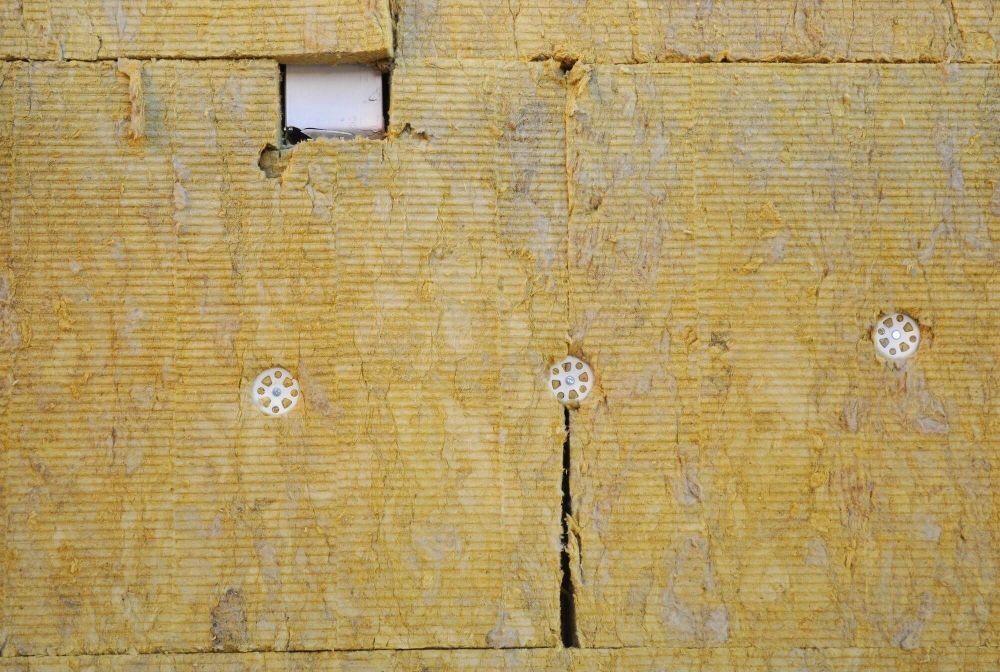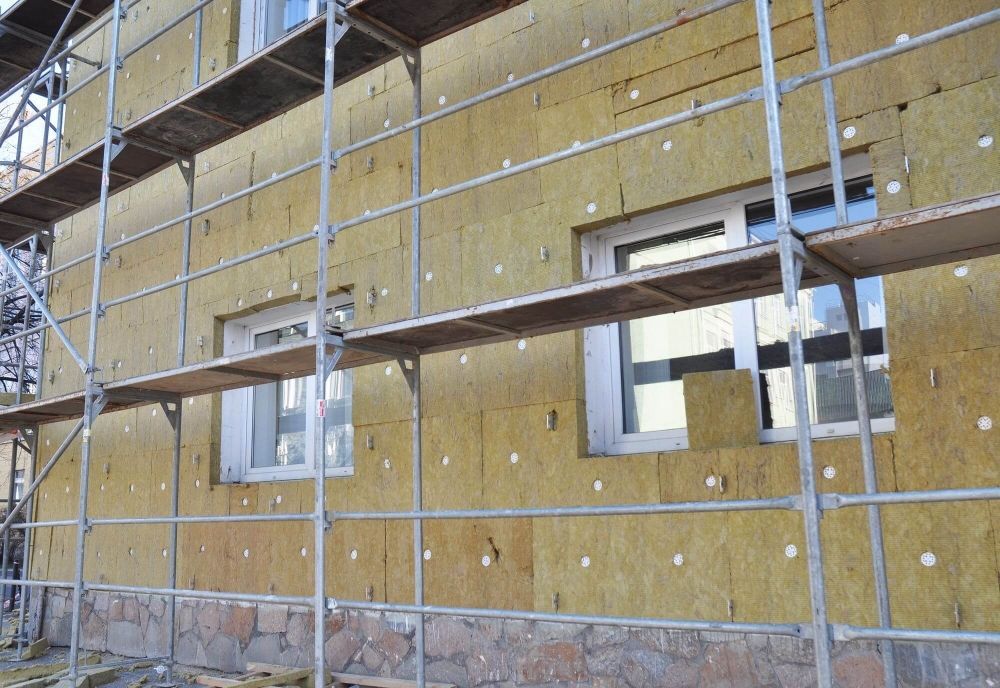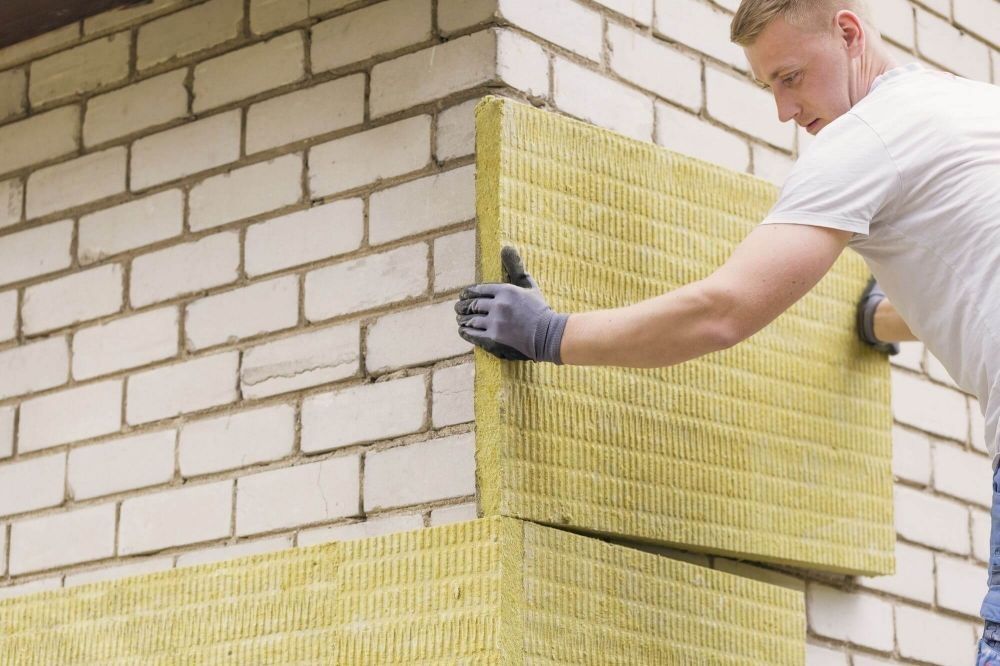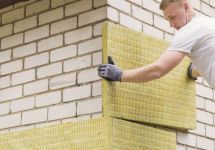The most frequent errors made when insulating a home (part four)
Insulation with polystyrene and mineral wool is very alike. However, they are two completely different materials. This is why mistakes are made so frequently when using mineral wool.
Too little vapour permeability
Some air exchanged from the building penetrates the walls and this air also contains vapour. Gas exchange through walls is insignificant, too small to replace operation of the ventilation. On the other hand, it is too high to cause damage if the vapour starts to condense inside of the wall. Contrary to the common belief, that walls need to “breathe”, it is not really about whether water vapour penetrates the wall in large or small quantity, but whether it condenses in the wall. Here we have a significant difference between polystyrene and mineral wool. Polystyrene is a quite efficient barrier for air and water vapour penetration (high diffusion resistance), whereas it is very easy for mineral wool to be penetrated. Therefore, it is possible to apply on polystyrene acrylic plasters and paints featuring low vapour permeability - the external layers are affected by small amount of water vapour. By contrast, mineral wool must be covered only with plasters and paints allowing water vapour to penetrate - mineral, silicate and silicone. Otherwise water vapour will start to condense inside of mineral wool, encountering a barrier in the form of a plaster or paint. Consequently, the walls will be subject to dampness, the insulation properties will deteriorate and a plaster or paint will peel off.
Mineral wool wetting
Mineral wool must be protected against wetting during storage and installation on the wall. Therefore, even intact and wrapped packages must be additionally protected, and thermal insulation of walls started as soon as roofing and guttering are completed. During rain the facade must be protected with a film. Mineral wool, even if it contains additives decreasing water absorption (hydrophobized), is a lot more absorptive compared to polystyrene. When wet it will take a long time to dry. In addition, it is impossible to apply a reinforcing layer with a mesh on the wet wool. Even if we perform the said layer it is necessary to protect the facade from rain, as it is not allowed to apply a thin-layer plaster on a wet surface.
Too weak installation
To insulate two-layer walls, hard mineral wool (basalt) is used. This material is much stiffer and more mechanically resistant than soft wool of other types, commonly used to insulate roof slabs and stud walls. On the other hand, wool intended for facade insulation, prior to a thin-layer plaster application, is several times heavier than polystyrene and wool of other types. Generally, it is over 100 kg/m3, while facade polystyrene - 15–20 kg/m3. It means that it requires a lot firmer anchoring to the wall. Mechanical installation is dense and metal anchors are used. A manner of adhesive application and anchoring should be determined by an architect.
